
Being a yoga teacher today is totally different than just a few years ago.
Yoga instructors used to run from yoga studio to yoga studio, hoping that their classes were full enough to be worth all of the effort.
Some yoga teachers still do that!
But there’s another way to teach yoga. In fact, there are A LOT of ways to earn money teaching yoga.
My absolute favorite way is to teach yoga online via YouTube.
While I wouldn’t say that it’s an easier option, it does allow for a lot more freedom and control in the kind of yoga classes you lead.
It also lets you hone in on your niche target audience rather than force you to teach to the masses.
All you need to do is create your own yoga sequences (um, hello, already doing that), record yourself with a basic camera, get a few basic video editing skills under your belt, and upload videos to your YouTube channel.
And all you need for that is a Gmail account.
Super easy.
While there are tons of tutorials on how to create a channel and monetize it, I first wanna break down what it takes to start a solid YouTube channel that can grow into a massive brand.
Or, at least, I’ll share with you how I did it.
How To Start A Yoga YouTube Channel
So many people who join my 200-hour and 300-hour yoga teacher trainings are interested in starting their own YouTube channel or creating their own online yoga courses, which is such a great idea. There’s so much opportunity for yoga teachers online. There’s never been a better time to get started.
Let me share with you a step by step guide on everything you need to know to get started on creating a yoga or fitness channel on Youtube.
1. Have Vision For Your Video Content
Before you create a channel, you need to get clear on your vision for your account. Will your channel just be yoga videos or also lifestyle content? If you want both, then consider two separate channels so that your audience has clear expectations.
Just like when you get your yoga teacher certification you want to define what kind of yoga instructor you’ll be, when you start a YouTube channel, you want to define what kind of channel it will be.
You might also like: How to Lead a Live Online Zoom Yoga Class
2. Define Your Target Audience
Who is your audience? A busy mom who’s looking for quick 10 min morning routines is very different from someone looking for therapeutic 60-minute yin yoga classes or someone who wants guided meditations. Define your niche and then include that in your yoga teacher bio. Remember, you are cultivating an audience, so you want to create their dream content, set clear expectations, and then live up to those expectations.
Why is this important?
Because making videos is about more than what interests YOU. It’s about what your audience expects from your content…
After all, it’s what will keep them coming back for more.
Not only that, but it also helps the search engine within YouTube to know what to expect from your content as well. And the better the search engine can match your videos to your audience, the longer they will stay on your channel.
3. Create A Schedule To Upload Videos
YouTube LOVES consistency, so think about how frequently you are going to post…
…and then be consistent with it. It’s also helpful to put your posting schedule in your channel description so that your audience can know when to watch for fresh content.
In your content schedule, include details like
- what kind of yoga music you will use and where you will get it from
- what yoga sequence you will follow and which alignment cues you will use
- if you are using a yoga class theme, then how you will incorporate it into your online class
4. Create A Brand
Branding is super important on YouTube. It’s likely that you’ll want your thumbnails to have the same font/text and style over time so that your audience can quickly and easily pick you out as they’re sifting through video recommendations and playlists.
Shout to my friend SarahBethYoga who does an awesome job with this.
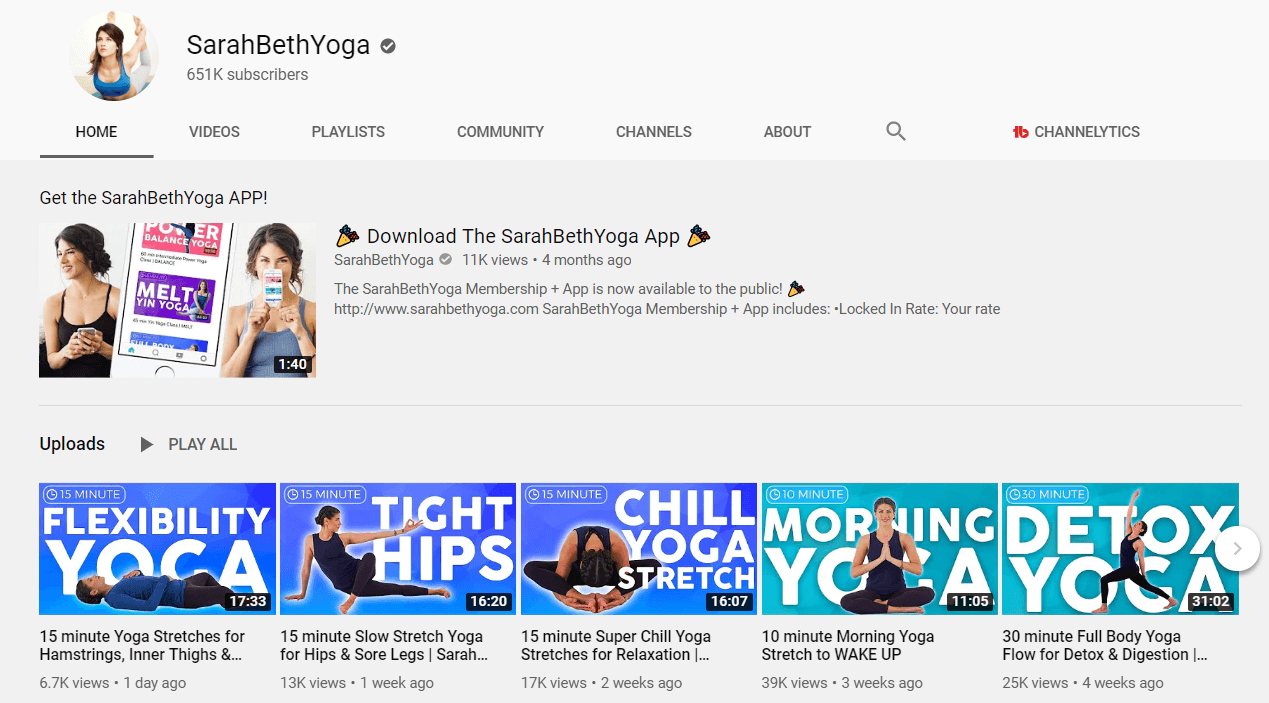
Of course, your brand is going to change and evolve over time, and these are things you can always update later. But think about a style you want to start with and be consistent so people can find you.
5. Research How To Rank On YouTube Search Engine
Even with your brand and niche totally mapped out for you, it’s worth researching trending topics and long-tail keywords that are relevant to your audience.
This will tell you what is your audience is actively searching for and help you create content that directly meets their needs.
For example, back pain is likely too general… but “back pain for new moms” or “back pain for teens” or “back pain for scoliosis” might help you niche down your audience.
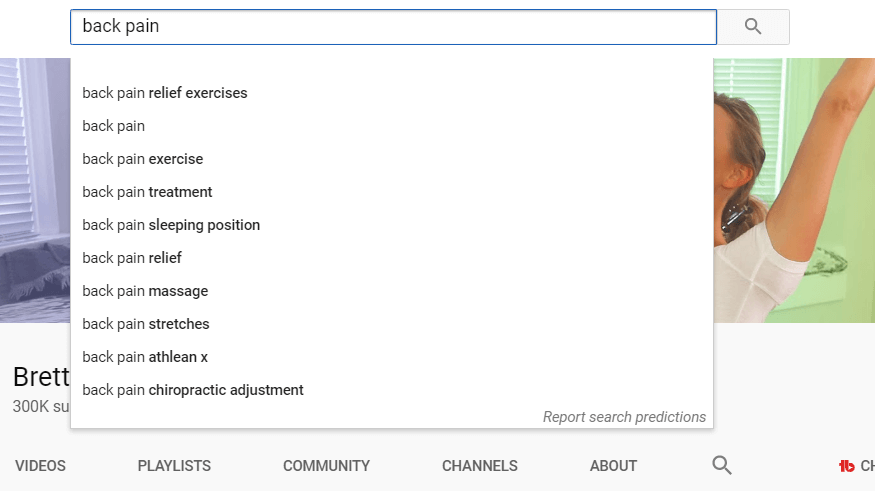
Just typing your main keyword into the search box will give you a bunch of ideas on how you can be more specific in your video.
I personally use TubeBuddy, which helps me narrow down the exact keywords that I use in my titles and descriptions. It also helps me research how my competitors are doing and get ideas about which tags and topics I should be targeting.
6. Film And Edit Your Content
This may seem obvious, but it’s at the core of a successful YouTube channel. The video quality matters as does the editing, so take the time to learn a few basic skills before you upload videos for everyone to see.
Don’t get me wrong, my early videos were ATROCIOUS in video quality, audio quality, and general editing. So I totally get that you may want to upload your content to the platform before becoming a video editing expert.
And truthfully it mostly comes down to your home video studio setup, anyway.
But that’s the cool part. You don’t need to be an expert to create quality content anymore. With services like Skillshare and Udemy, you can easily learn how to use basic video editing software even for videos taken with your smartphone camera. Programs like Placeit have templates to create intros, thumbnails, banners, and more, making it easier than ever to design your videos. Even iPhones can connect to quality microphones and have editing software options that can work really well in the beginning.
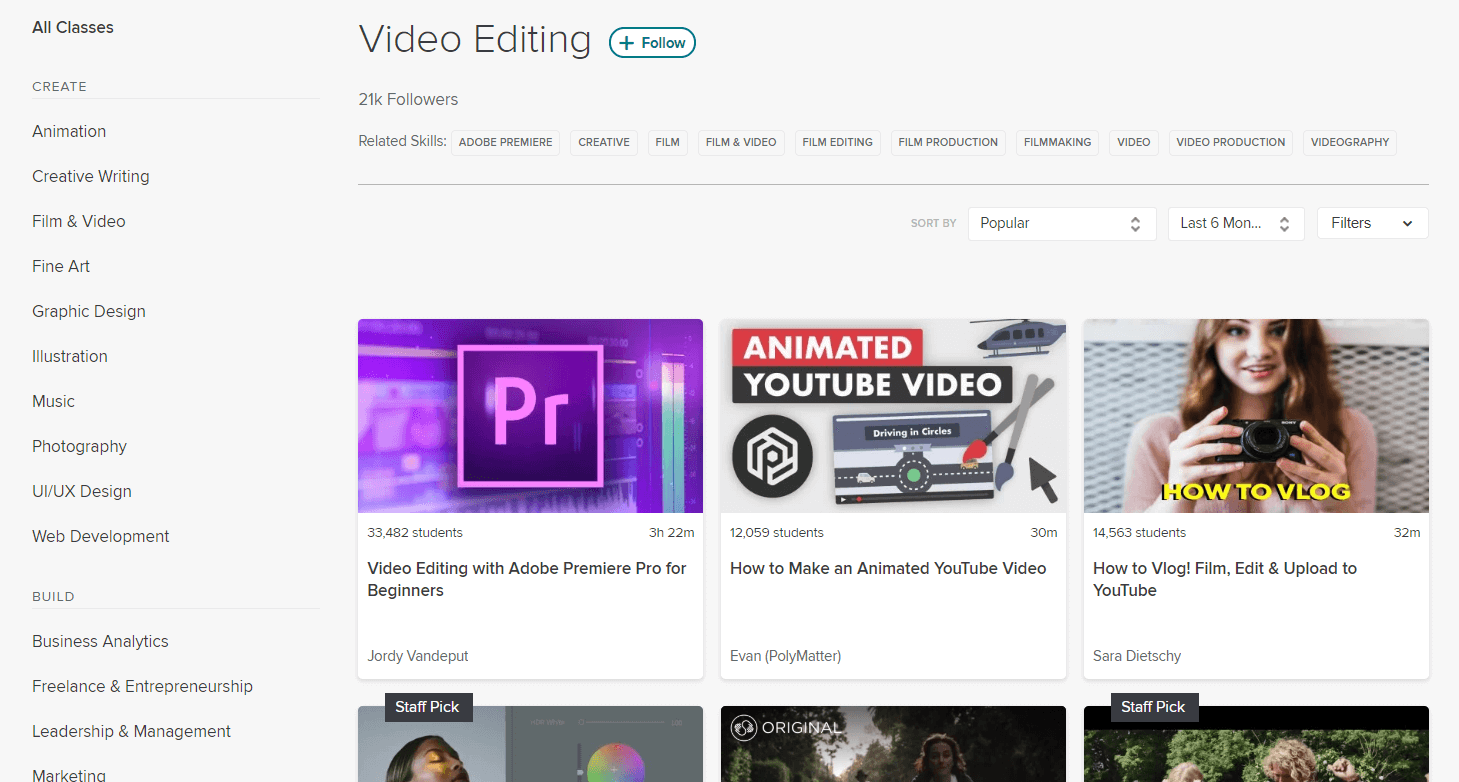
Making videos is easier than ever with technology these days so don’t be afraid to learn how to play around with it.
Read Next: My Exact Tech Tools For My Million Dollar Online Yoga Platform
7. Drive Traffic To Your Channel Within First 24 Hours of Uploading Videos
The most important tip of ALL is to drive as much traffic to your video as you can in the first 24 hours of release.
YouTube determines the success of your video and how well it’s going to rank in their search engine algorithm within the first 24 hours of release. You can use social media to push people to watch your new videos as well as email lists from your blog or website.
Another great idea is to create a cohort of friends to comment, like, promote and share each other’s videos. Graduates of my online YTT program love supporting each other like this.
8. Encourage Engagement Across Your Channel
The more engagement that you have on your channel, the more YouTube will recommend your videos, which is absolutely essential for success. So encourage engagement every step of the way.
Ask your audience to comment on the video, to like it, or to watch another. Link up a video for them to watch next. Put links to related videos in the description and cards. Get them as engaged as possible!
9. Ask People To Subscribe To Your YouTube Channel
It’s scary, I know, but you gotta do it.
There’s nothing weird about it, though. Don’t feel like you’re asking for too much or that it seems desperate to ask because it isn’t. Remember, people won’t know what to do, or what you want, unless you ask.
10. Collaborate With Other Channels
One of the best marketing strategies for any platform is to collaborate with others in your niche.
Here you want to think about *shared audience*, which could mean a nutrition channel, fitness channel, or mommy channel if you make yoga content for busy moms. When you collaborate with others, you encourage each other to subscribe to each other’s channel and both your audiences grow. It’s a win-win for everyone 🙂
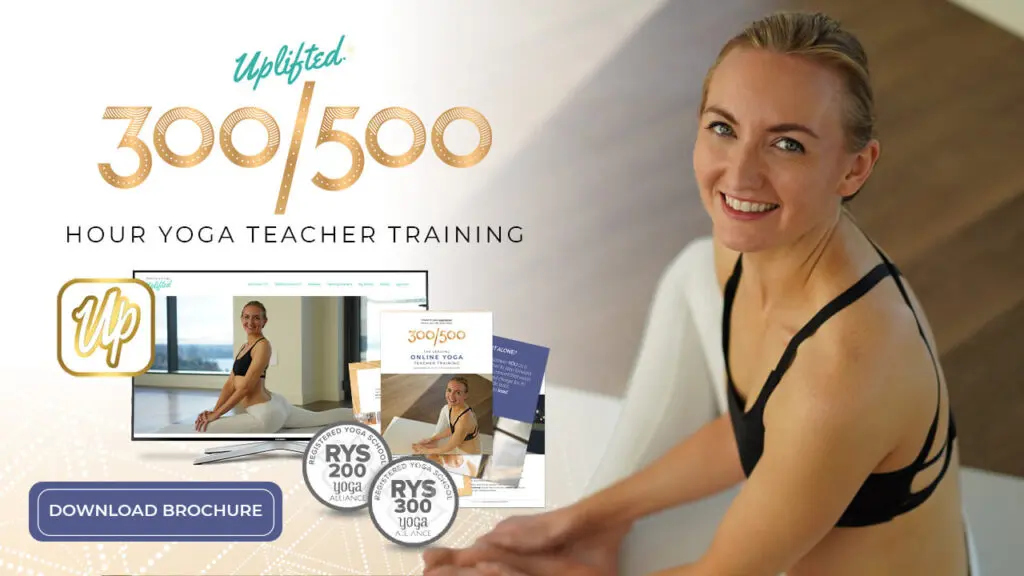
Sneak Peak into My 300-Hour YTT - FREE Videos, Info Session, Bonuses!
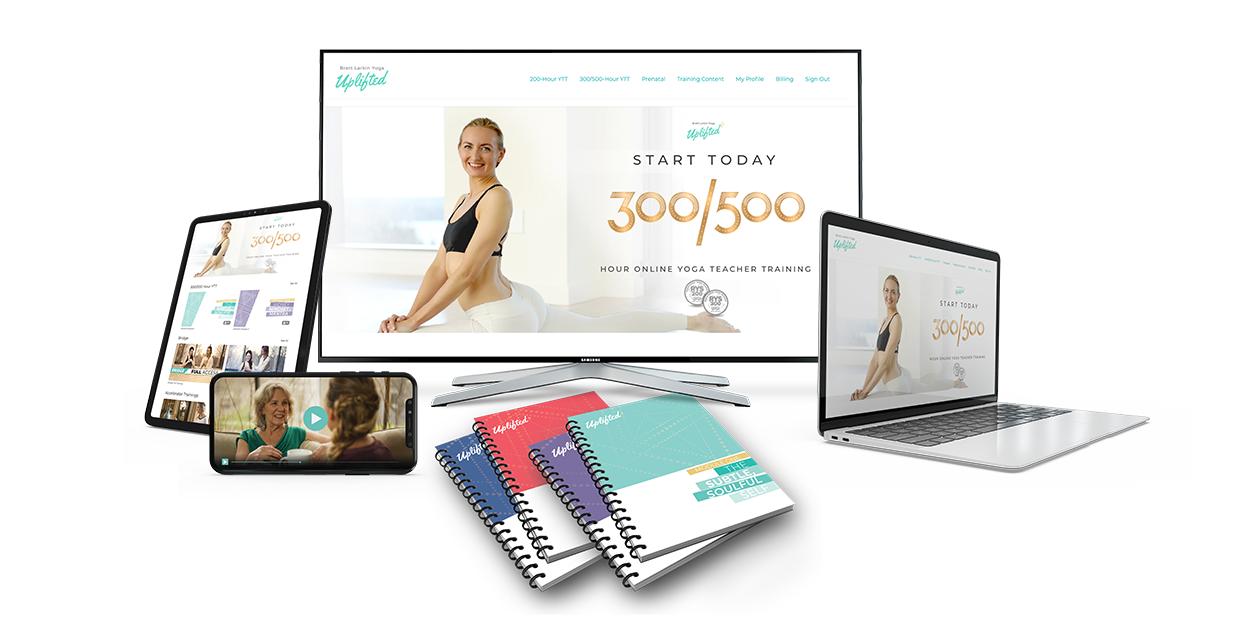
YOU MIGHT ALSO LIKE
- What Is Mindset Coaching? A Complete Breakdown
- 5 Affordable Yoga Teacher Insurance Plans (Updated 2024)
- How To Make A Life Coaching Intake Form
- 7 Steps To Start A Life Coaching Business
- What Is A Self Love Coach? And How To Become One
- Self-Coaching: How To Become Your Own Life Coach
- Types Of Life Coaches: How To Choose Your Life Coaching Niche
- 20 Awesome Ways To Make Money As A Yoga Instructor
- Life Coach Marketing: A Comprehensive Guide For Long-Term Growth
- How To Get Clients For Life Coaching
- Are Life Coaches Worth It? Take This Self-Assessment To Find Out.
- How Much Does A Life Coach Make? Around $5k+ A Month
- Yoga Cues 101: Everything You Need To Teach Yoga
- How Much Do Yoga Teachers Make? (And How To Earn More)
- Life Coaching Skills: Are You Meant To Be A Life Coach?
- How To Incorporate Somatic Coaching Into Your Yoga Practice
- How to Easily Modify 6 Common Yoga Poses [+VIDEO]
- Try This 30-Minute Yoga Nidra Script for Deep Sleep and Relaxation [+ Video]
- 8 Best Yoga Podcasts For Yogic Business And Living
- How To Become A Life Coach (For Yoga Teachers)
- How To Use Social Media To Grow Your Yoga Business
- How To Find Your Yoga Niche (And Make $5K/mo)
- How To Make $5k Per Month As A Yoga Teacher
- How to Plan a Yoga Retreat That Earns 6 Figures
- Which Uplifted online yoga training is right for you?
- Creating Inclusive Yoga Spaces: Here’s What To Avoid Saying
- The Best Yoga Business Coaches to Skyrocket Your Income
- Traditional Yoga Class Plan Template (Tips for Yoga Sequencing)
- Best Blog Platform for Yoga Teachers
- Managing Cash Flow and Profit In Your Yoga Business
- The Top 5 Biggest Fears of New Yoga Teachers
- 13 Yoga Playlists for Every Style and Taste
- Why You Need A Yoga Intake Form (FREE download)
- How to Make a Logo for Your Yoga Business (No Design Skills Needed)
- This Cold Email Will Help You Land a Corporate Teaching Job
- This Cold Email Will Help You Land a Studio Teaching Job
- 9 Yoga Modifications for Pregnancy and How to Teach Them
- Our Expert Advice On How and Why To Teach Corporate Yoga
- How to Upgrade Your Yoga Alliance Certification Designation to 300 / 500 RYT
- How to Register Your YTT Certificate With Yoga Alliance (With Photos)
- How to Get Traffic to Your Yoga Website With SEO
- How to Update Your Yoga Alliance Teacher Profile Step-by-Step
- 6 Best Online Course Platforms For Yoga Teachers (Ranked)
- How To Make An Instagram Business Account As A Yoga Teacher
- 12 Actionable Tips For New Yoga Teachers Who Are Scared To Teach
- How To Prioritize Student Feedback On Zoom
- How To Teach Yoga On Zoom With Two Devices In 6 Easy Steps
- What Is Trauma Informed Yoga And Should I Get Certified?
- 10 Things You Must Do After Your Yoga Teacher Training
- 13 Types of Yoga Teacher Tax Deductions (And Other Tax Tips)
- My Exact Tech Tools For My Million Dollar Online Yoga Platform
- 10 Best FREE Facebook Groups For Yoga Teachers
- How To Log Yoga Alliance Continuing Education Hours
- The Only 7 Yoga Alliance Membership Benefits (Some Are Free)
- DSLR vs Smartphones: How To Choose The Right Microphone







